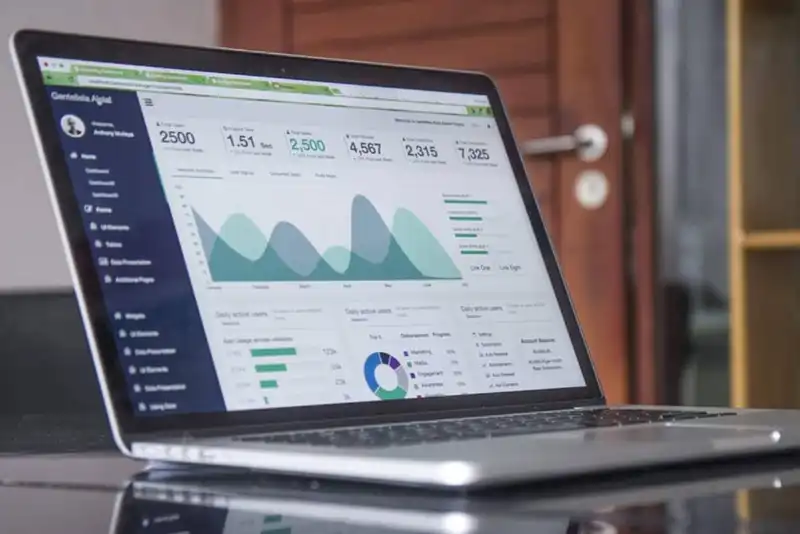Steps for Identifying Business Needs & Addressing Them
It's difficult to improve profitability and analyze sales data if business requirements have not been identified.
Assessing business goals and objectives will make it easier to understand the full picture of potential inefficiencies in the workplace.
Here are the best practices for identifying business requirements and resolving pain points in the workplace.
How to Identify Business Needs
1. Ask Questions
Though there may be a general consensus of inefficiencies in the workplace, it's essential to fully understand these pain points by investigating the entire situation.
Talk with the management team about what difficulties they face and ask what their suggestions are for improving any inefficient business processes. Ask open-ended questions that pinpoint the root causes of problems within each department.
Collect data from customer surveys, transactions, social media platforms, the company website, sales statistics, financial forms, customer management databases, and other relevant sources. If the data is gathered online, use an Extract, Transform, and Load procedure to cleanse and copy the information from its original source and put it in an accessible database. Sort through and gather the physical or online business information that shows evidence of any pain points. To illustrate, if the financial statistics convey a decrease in gross revenue for the last five months, this would be a pain point.
2. Conduct a Business Analysis
Figure out which ineffective processes are creating problems for other areas of the business. Diagram the entire process to look at the big picture and see where improvements can be made. Determine if certain processes can be automated or eliminated to increase efficiency and productivity.
Avoid a preconceived notion mindset when analyzing these pain points. Instead, talk openly with managers to find out which areas need improvement in their departments.

3. Apply What Was Learned
Compile all findings from Step 2 and review potential solutions with stakeholders to ensure that any conclusions match theirs. Utilize the following questions to help guide this discussion-
- Which departments will utilize the solutions?
- How quickly does the solution need to be executed?
- Will the solution be rolled out over time, or will it be implemented to all departments at once?
- How will the effectiveness of the solution be measured?
- Should the solution be combined with a related initiative?
4. Archive Any Discoveries
Record everything that is learned from Step 3. Archive where the pain points originate from, which departments are experiencing them, and what solutions are needed to resolve these issues.
This will save time if a presentation is prepared for stakeholders later. It will be helpful to know why certain recommendations are made and who to ask for any additional information.
How to Address Business Needs

Now that the business needs have been identified, address each accordingly.
1. Define the Business Goals and Objectives
Having a clear business objective will help identify business requirements and plan a strategy to move forward. If the primary objective is to increase revenue, think about the strategies needed to achieve that goal.
Gather and analyze relevant business data to review revenue statistics and then strategize to find solutions.
2. Analyze Data and Workflows
Collect the data necessary to make evidence-based decisions, as opposed to instinct-based ones.
Think about the different platforms that can be utilized to make it easier to collect, manage, and track important information.
For example, if a bakery's sales numbers have increased but profitability has not, something is probably being overlooked. After some research, it was discovered that there was an influx of cupcake sales but not in cake sales. While on the surface, it appears sales have improved, overall profitability is down because the cost of cupcakes is less than the cost of cakes. The owner can utilize this evidence-based data to set new objectives for marketing efforts aiming to promote the more monetarily-valuable products.
3. Communicate Findings with a Team
Once data is viewed and analyzed it will make it easier to communicate findings with team members. It will be simpler to answer questions and find solutions that will help the company meet its goals.
Make sure that all department managers have access to this data so they can track and manage their departments' progress towards reaching each objective(s).
Continue to monitor their progress by analyzing real-time data. Create regular reports that evaluate this progress and give them to department managers so they can discuss it with their team. This will help everyone stay on the same page and hold each department accountable.









